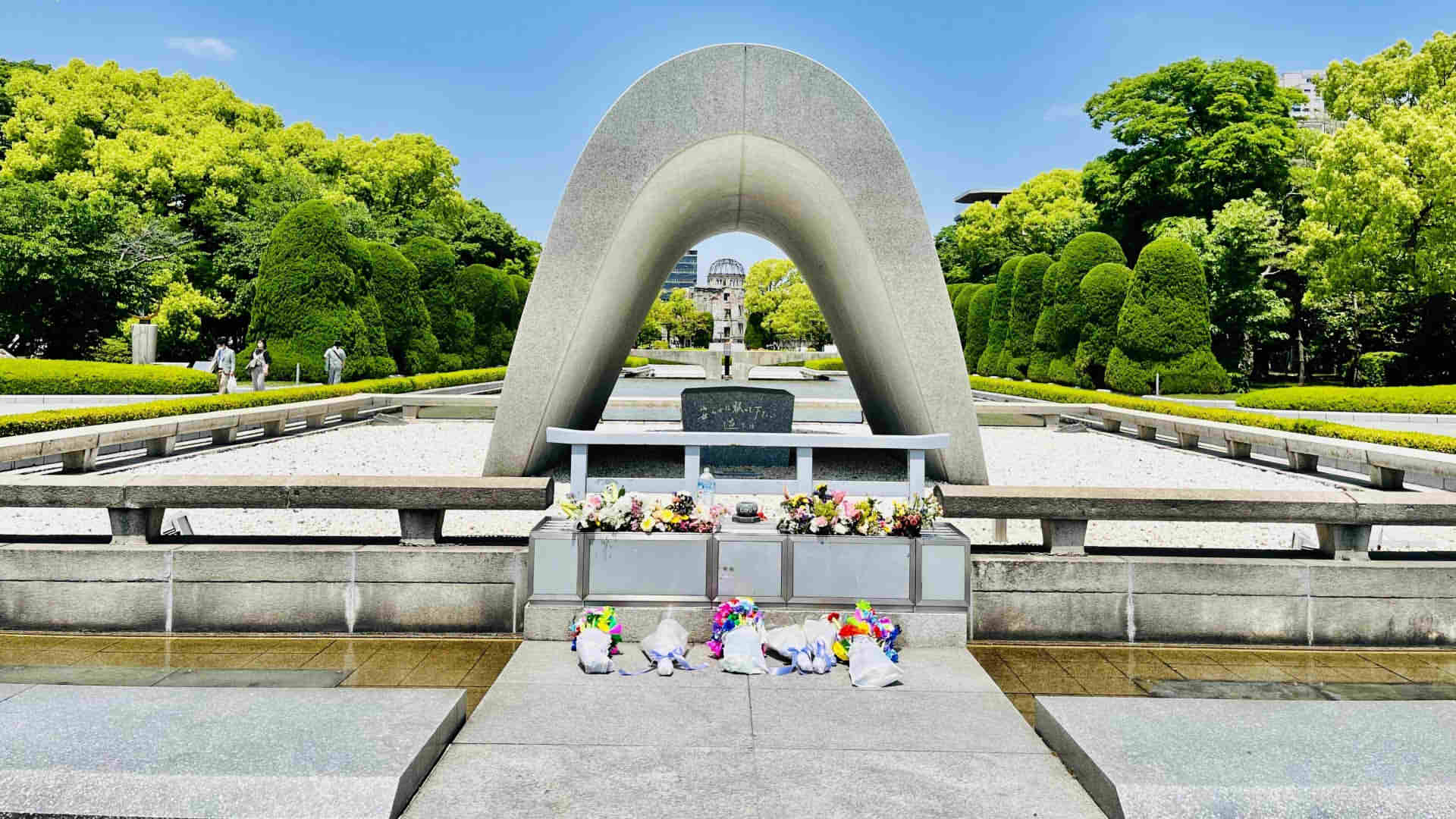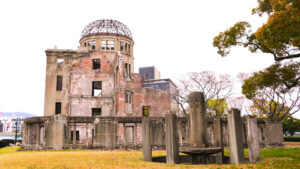
The Hiroshima Peace Memorial, also known as the Atomic Bomb Dome, is a cultural UNESCO World Heritage site located in Hiroshima, Japan. It is a symbolic reminder of the atomic bombing of the city on August 6, 1945, during World War II.
The Atomic Bomb Dome was originally the Hiroshima Prefectural Industrial Promotion Hall, which was designed by a Czech architect, Jan Letzel, and completed in 1915. It was one of the few buildings that remained standing after the atomic bomb exploded over Hiroshima, and it has been preserved as a memorial to the victims of the bombing.
The dome is now a UNESCO World Heritage site and a symbol of the need for peace and nuclear disarmament. It stands as a reminder of the devastating impact of war and the importance of working towards a more peaceful and just world.
The Hiroshima Peace Memorial is located in the Hiroshima Peace Memorial Park, which was established in 1955 to commemorate the victims of the bombing. The park includes several other monuments and memorials, including the Memorial Cenotaph, the Children’s Peace Monument, and the Flame of Peace, which will remain lit until all nuclear weapons are abolished.
The Hiroshima Peace Memorial is open to the public and is a popular destination for visitors to Hiroshima. Visitors can learn about the history of the bombing and the efforts of the international community to promote peace and nuclear disarmament.
Components

